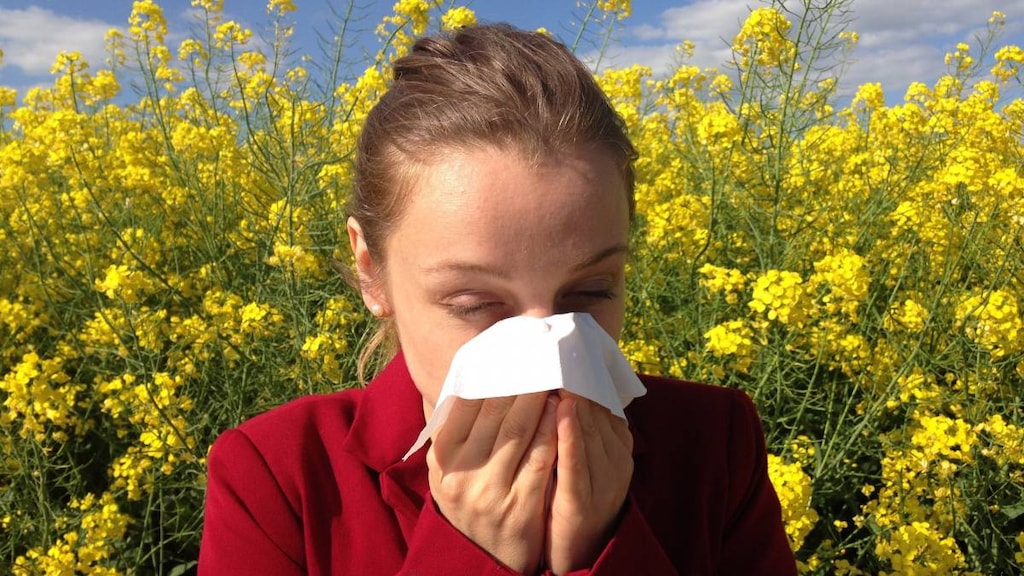Dosage Forms
Excipient information presented when available (limited, particularly for generics); consult specific product labeling.
Aerosol Solution, Nasal, as sodium:
NasalCrom: 5.2 mg/actuation (13 mL, 26 mL) [contains benzalkonium chloride, edetate disodium]
Generic: 5.2 mg/actuation (26 mL)
Pharmacology
Mechanism of Action
Acts locally to reduce calcium influx which decreases histamine degranulation from mast cells (Melvin 2011).
Pharmacokinetics/Pharmacodynamics
Onset of Action
Response to treatment: May occur at 1 to 2 weeks
Use: Labeled Indications
Allergic rhinitis: Prevent and relieve nasal symptoms of hay fever and other nasal allergies (eg, runny/itchy nose, sneezing, allergic stuffy nose).
Contraindications
OTC labeling: When used for self-medication, do not use if hypersensitive to cromolyn or any component of the formulation.
Dosage and Administration
Dosing: Adult
Allergic rhinitis (treatment and prophylaxis): Intranasal: Instill 1 spray (5.2 mg) in each nostril 3 to 4 times daily; may be increased up to 6 times daily. For prophylaxis initiate prior to exposure to allergen; symptomatic relief may require 1 to 2 weeks.
Dosing: Geriatric
Refer to adult dosing.
Dosing: Pediatric
Allergic rhinitis: Children ≥2 years and Adolescents: Intranasal: 1 spray in each nostril 3 to 4 times daily; maximum dose: 1 spray in each nostril 6 times/day. For prophylaxis initiate prior to exposure to allergen; symptomatic relief may require 1 to 2 weeks.
Administration
Clear nasal passages by blowing nose prior to use. For prophylaxis, initiate prior to exposure to allergen.
Storage
Store between 20°C to 25°C (68°F to 77°F). Protect from light.
Drug Interactions
There are no known significant interactions.
Adverse Reactions
Frequency not defined.
>10%:
Dermatologic: Burning sensation of the nose
Respiratory: Nasal mucosa irritation, sneezing, stinging sensation of the nose
1% to 10%:
Central nervous system: Headache
Gastrointestinal: Unpleasant taste
Respiratory: Cough, hoarseness, post-nasal drip
<1%, postmarketing, and/or case reports: Epistaxis
Warnings/Precautions
Other warnings/precautions:
- Local nasal effects: Brief nasal stinging and/or sneezing may occur after use.
- Self-medication (OTC use): Consult a health care provider before use if you have fever, discolored nasal discharge, sinus pain, or wheezing. Discontinue use and consult a health care provider if shortness of breath, wheezing, chest tightness, hives, or swelling of the mouth or throat occurs; if you have new symptoms, symptoms worsen, or your symptoms do not improve within 2 weeks, or need to use for >12 weeks. Do not use to treat sinus infection, asthma, or cold symptoms.
Pregnancy
Pregnancy Considerations
Based on available studies, cromolyn may be used for the treatment of allergic rhinitis in pregnant women (Gilbert 2005; Mazzotta 1999; Namazy 2016; Scadding 2008).
Patient Education
- Discuss specific use of drug and side effects with patient as it relates to treatment. (HCAHPS: During this hospital stay, were you given any medicine that you had not taken before? Before giving you any new medicine, how often did hospital staff tell you what the medicine was for? How often did hospital staff describe possible side effects in a way you could understand?)
- Patient may experience sneezing or stinging. Have patient report immediately to prescriber shortness of breath or severe nasal irritation (HCAHPS).
- Educate patient about signs of a significant reaction (eg, wheezing; chest tightness; fever; itching; bad cough; blue skin color; seizures; or swelling of face, lips, tongue, or throat). Note: This is not a comprehensive list of all side effects. Patient should consult prescriber for additional questions.
Intended Use and Disclaimer: Should not be printed and given to patients. This information is intended to serve as a concise initial reference for healthcare professionals to use when discussing medications with a patient. You must ultimately rely on your own discretion, experience and judgment in diagnosing, treating and advising patients.




